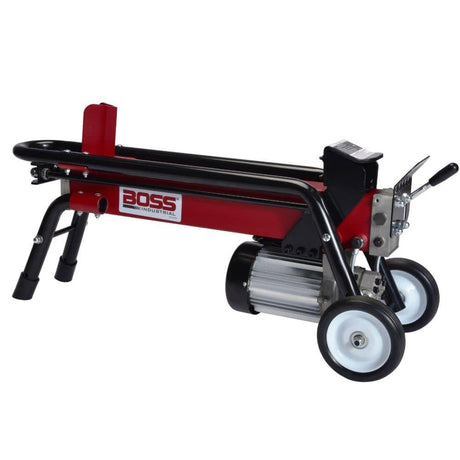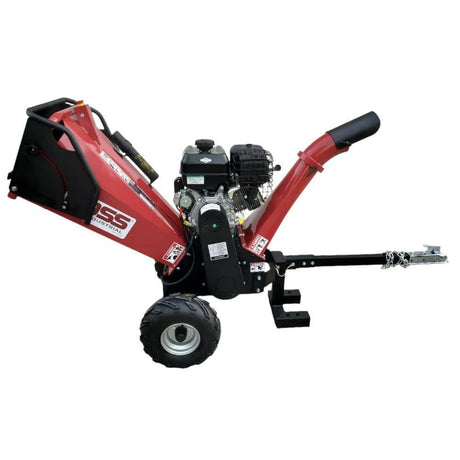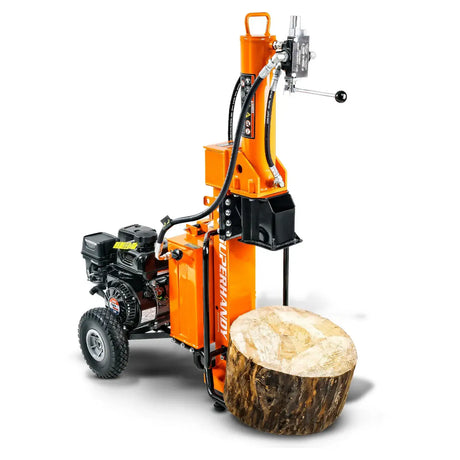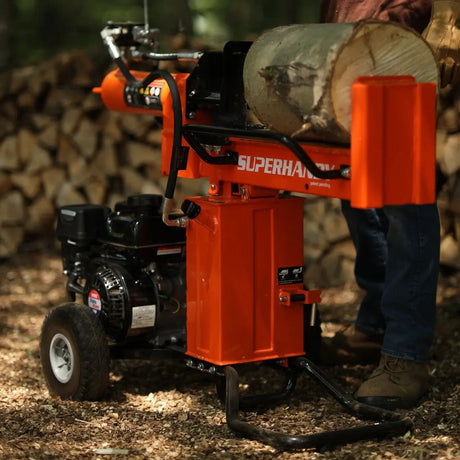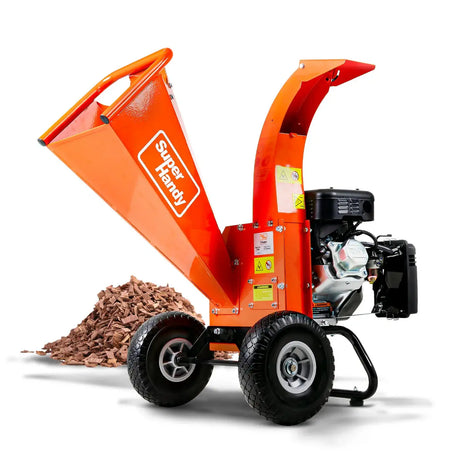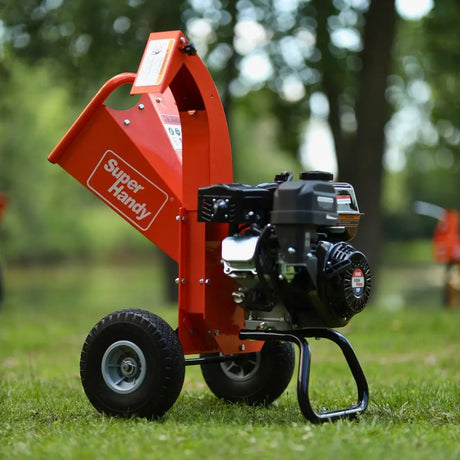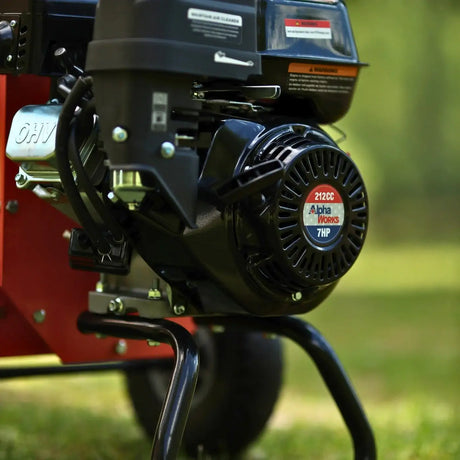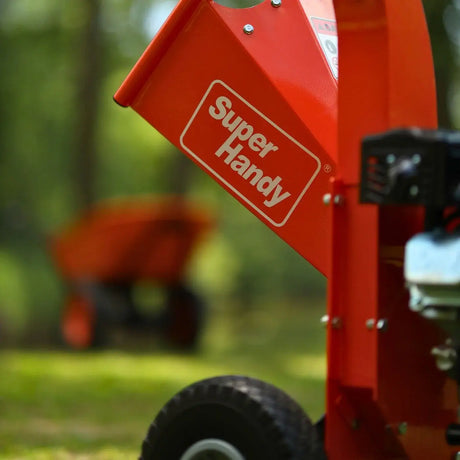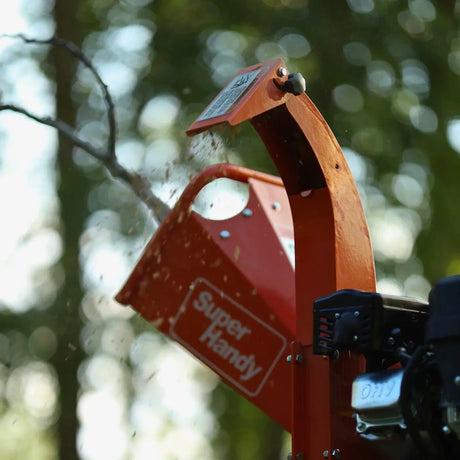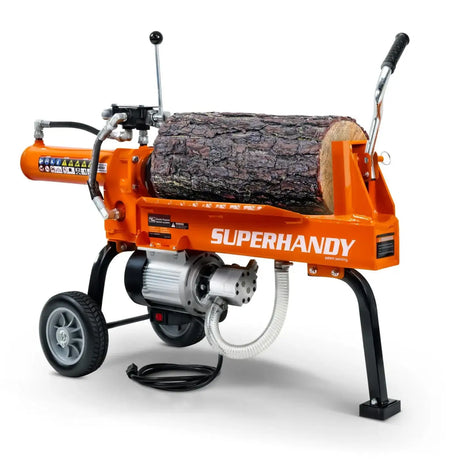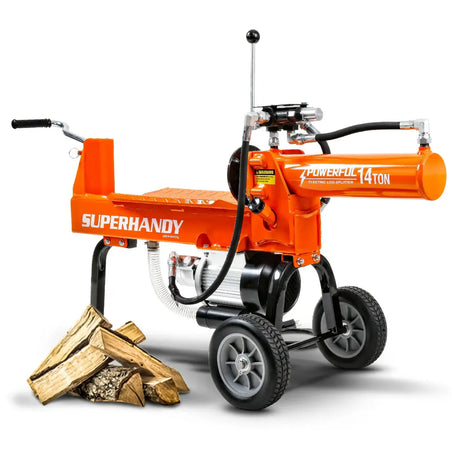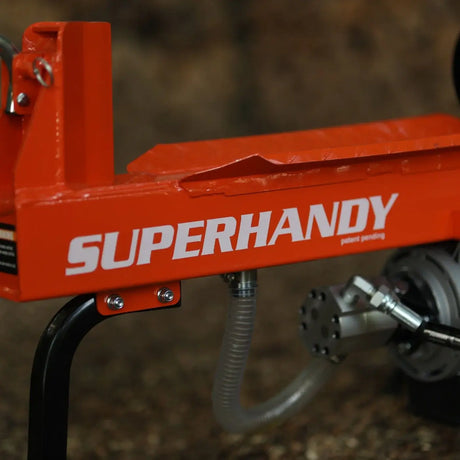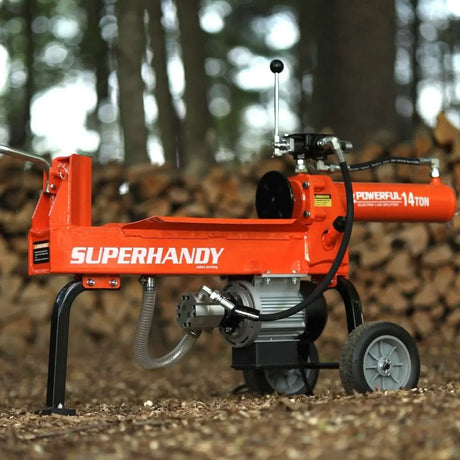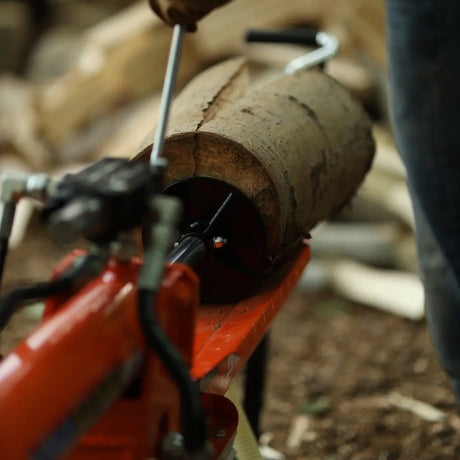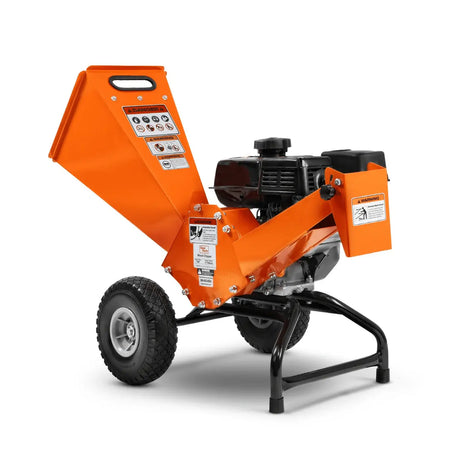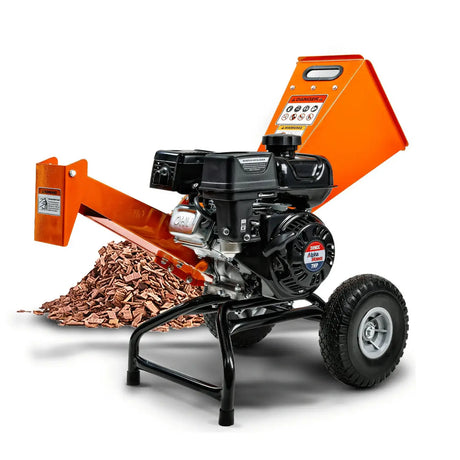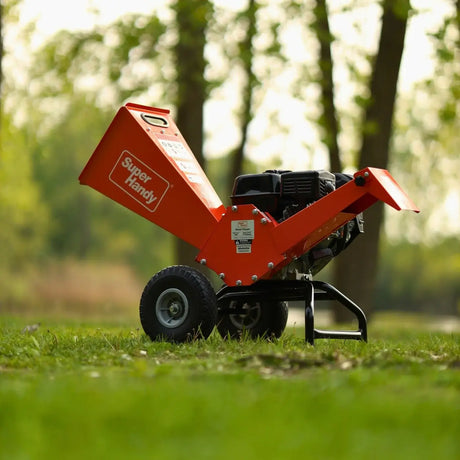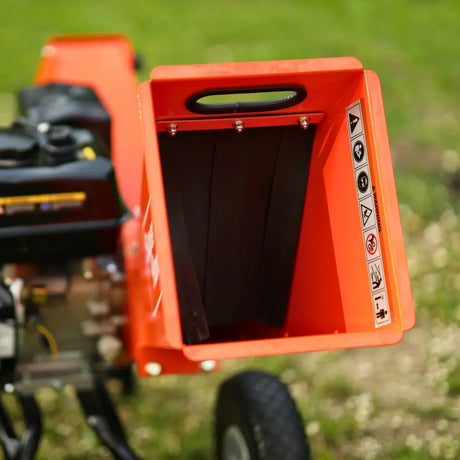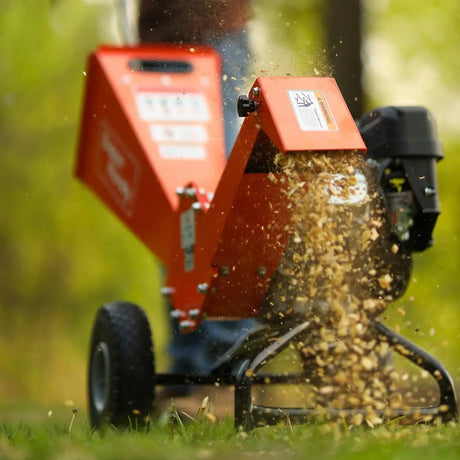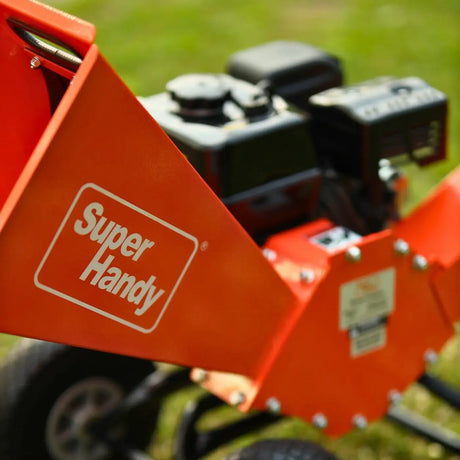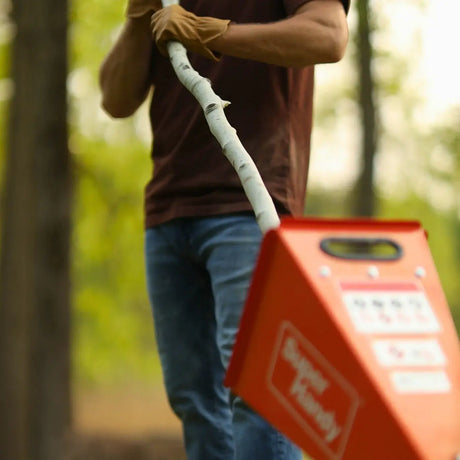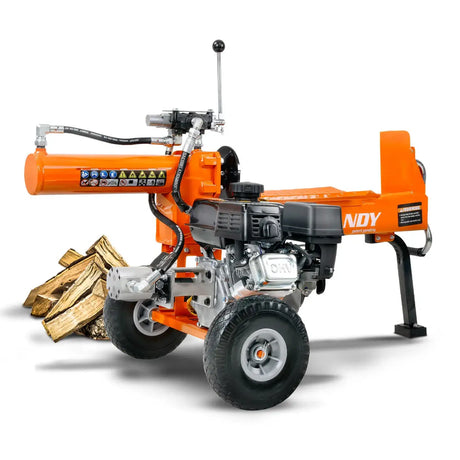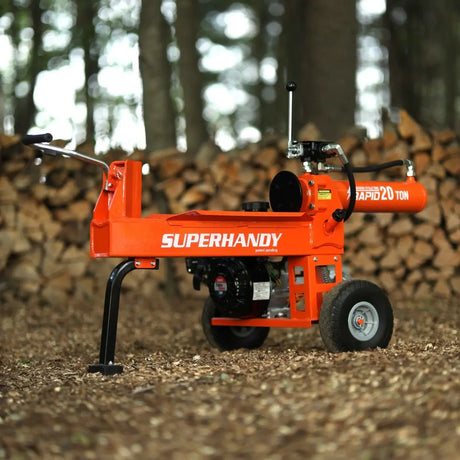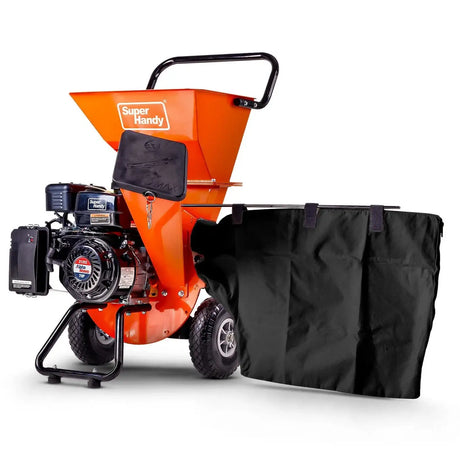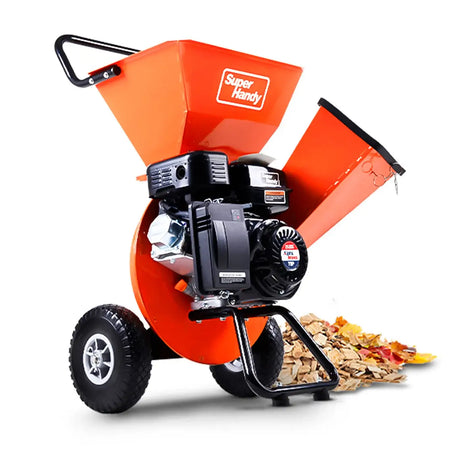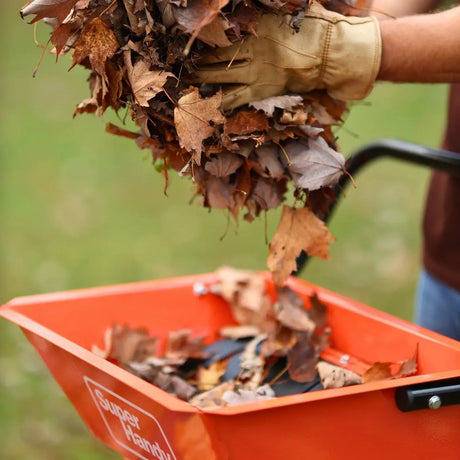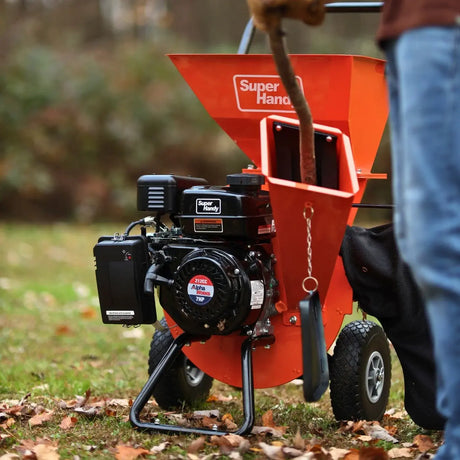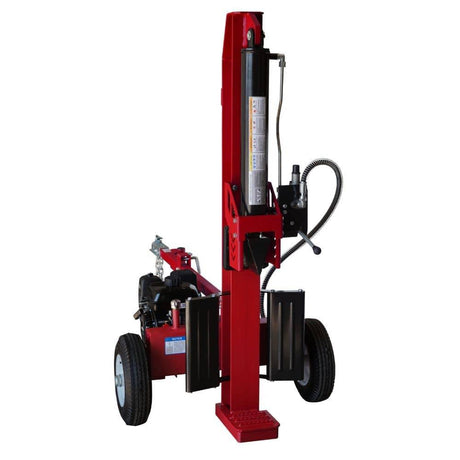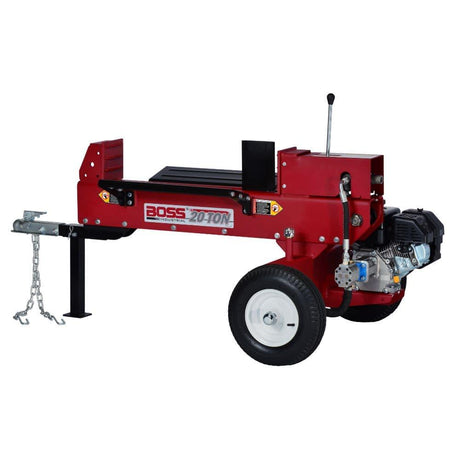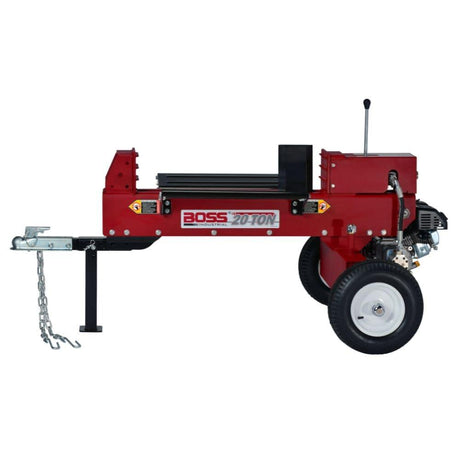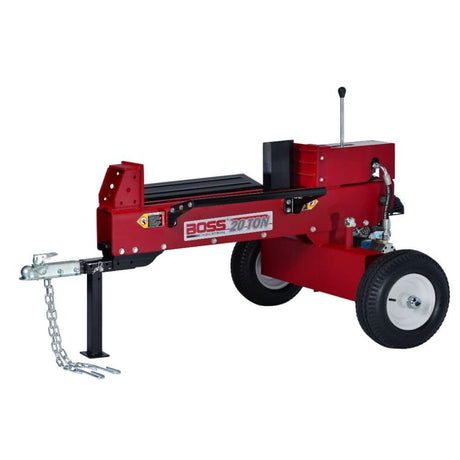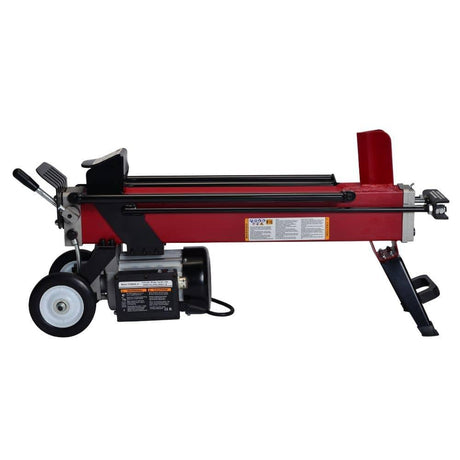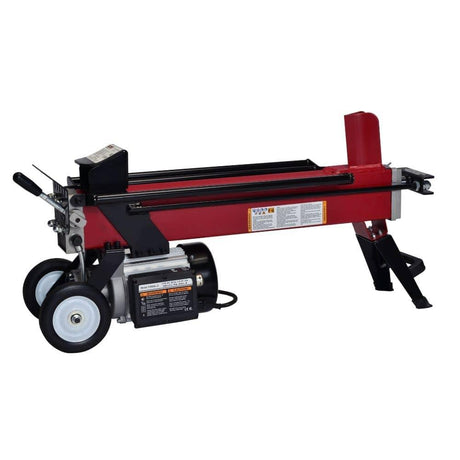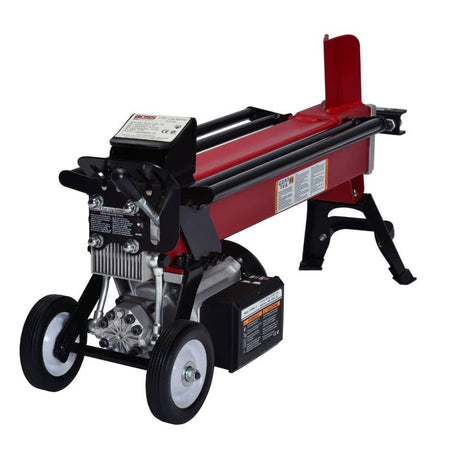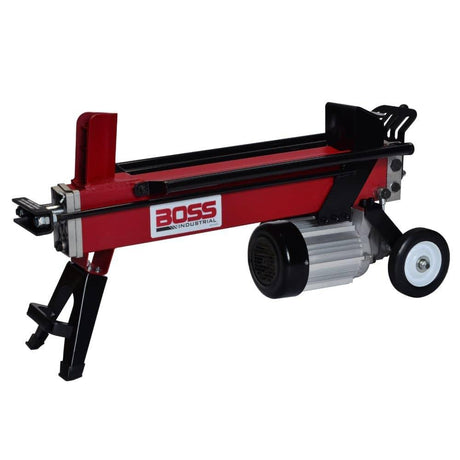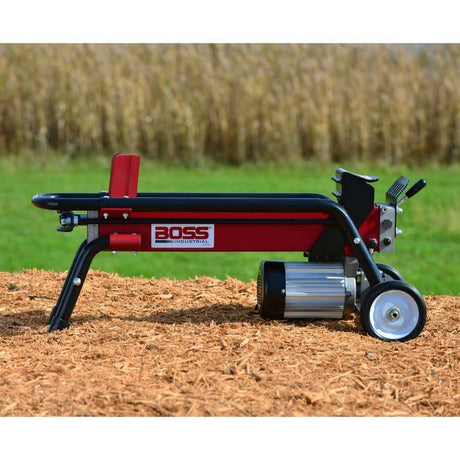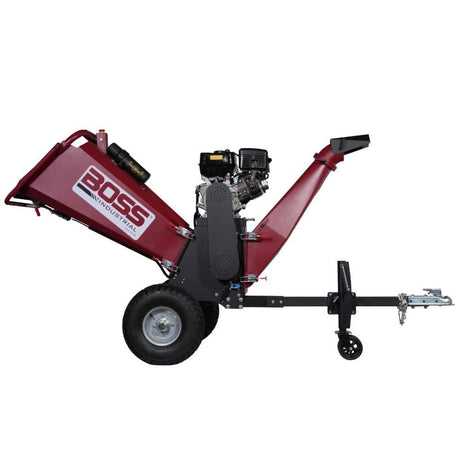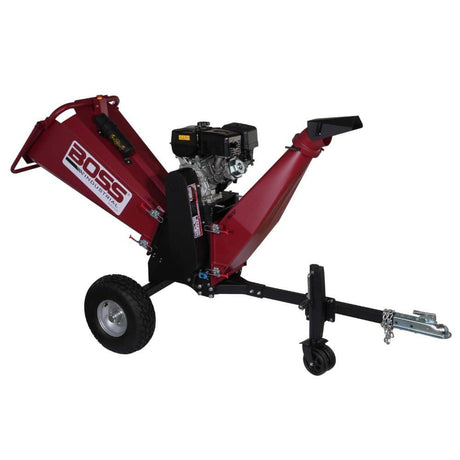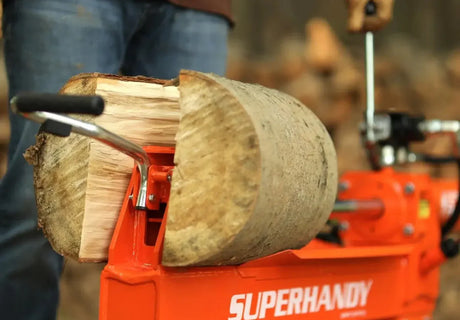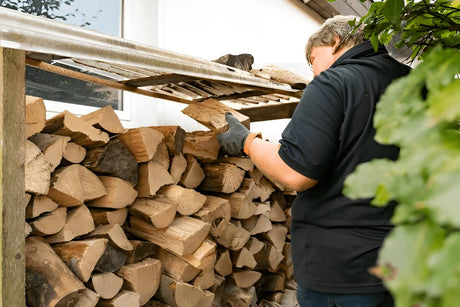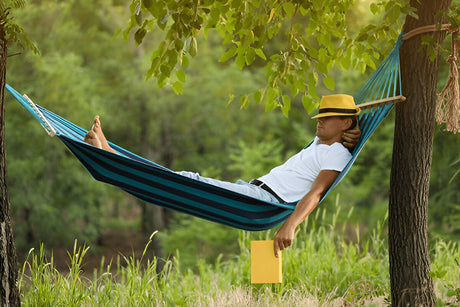After the stump grinding process, especially from an old tree, you're left with a pile of fine wood chips and debris. If you’re unfamiliar with how this equipment works, here’s a simple breakdown of what a stump grinder actually does.
Instead of tossing it out, here are a few smart, practical ways to put that material to good use-making the most of what your stump grinder leaves behind.

Smart Ways to Reuse Stump Grindings
Mulch for Garden Beds
Stump grindings make excellent mulch-as long as they're clean (no weeds or grass clumps).
If you want more steps, see our What to Do After Grinding a Stump: Your Complete Guide.
- Spread them 2-3 inches deep around trees, shrubs, or flower beds.
- Keep mulch a few inches away from plant stems to prevent rot.
- It helps retain moisture, avoid weeds growth, and regulate soil temperature.
Just remember: fresh grindings are high in carbon and may pull nitrogen from the soil, potentially affecting pH and nutrient levels. Add a light layer of compost or fertilizer underneath for best results.

Compost or Soil Blend
If you've got a compost pile, toss in the grindings-but balance is key.
- Mix them with nitrogen-rich materials to increase nutrients level (like grass clippings or food scraps).
- Turn the pile regularly and keep it moist.
- In 2-3 months, you'll have nutrient-rich compost for your garden.
In 2-3 months, you'll have nutrient-rich compost for your garden. Not sure if you should chip, shred, or mulch? Learn the difference between wood chippers, mulchers, and shredders to choose the right method for your yard waste.
Pro tip: Avoid using grindings from diseased or chemically treated wood.
Fill the Stump Hole
Don't want to haul debris? Use it to backfill the hole.
- Pack it in, then top with quality topsoil.
- Let it settle for a few weeks before planting grass seed or anything new.
Over time, the grindings will decompose as part of a natural process-but expect a little settling in the hole left by the stump. Keep some extra soil on hand to top it off after a few months.
If you’re wondering how deep roots go and when grinding is enough, check our Tree Root Depth by Species: When Is Stump Grinding Enough.

When to Remove the Stump Grinding Debris
Sometimes it's better to haul off stump grindings instead of reusing them-especially if the pile is large or poses long-term issues.
Too Much Material
If you ground a large tree stump (or several), you're likely staring at a mountain of wood chips.
- Too thick of a mulch layer can block water and air from reaching plant roots.
- It can also lead to nitrogen depletion in the soil as the wood breaks down.
- In tight yards or landscaped areas, there just might not be enough space to use it all.
In that case, bag it up or call a local green waste service for pickup.

Risk of Weeds or Pests
Leftover grindings can attract unwanted guests:
- Weeds love to sprout in loosely piled debris.
- Termites or carpenter ants may settle in if the wood chips stay damp and undisturbed.
- Fungi and mold also thrive in moist wood piles, especially in shaded areas.
If you're not using the debris soon, it's best to remove it before it causes problems.

How to Prep It Before Use
Before you toss stump grindings into your garden or compost, take a minute to prep them properly. A little cleanup goes a long way in preventing headaches down the road.
Dry It Out
Fresh grindings are often damp, especially if the tree stump was recently removed. That moisture can lead to mold, rot, or funky smells. Here's what to do:
- Spread the grindings out in a thin layer over a tarp or bare soil.
- Let them sit in the sun for a few days.
- Stir occasionally to help them dry evenly.
Dry grindings are lighter, easier to handle, and much more versatile for mulch or compost.

Sift Out Grass and Rocks
It's common for grindings to contain chunks of sod, small rocks, or roots-especially if the grinder went deep.
- Use a garden fork or screen to sift out non-wood debris.
- Toss the clean grindings into a separate pile for reuse.
Skip this step, and you risk spreading weed seeds or damaging your compost quality.




